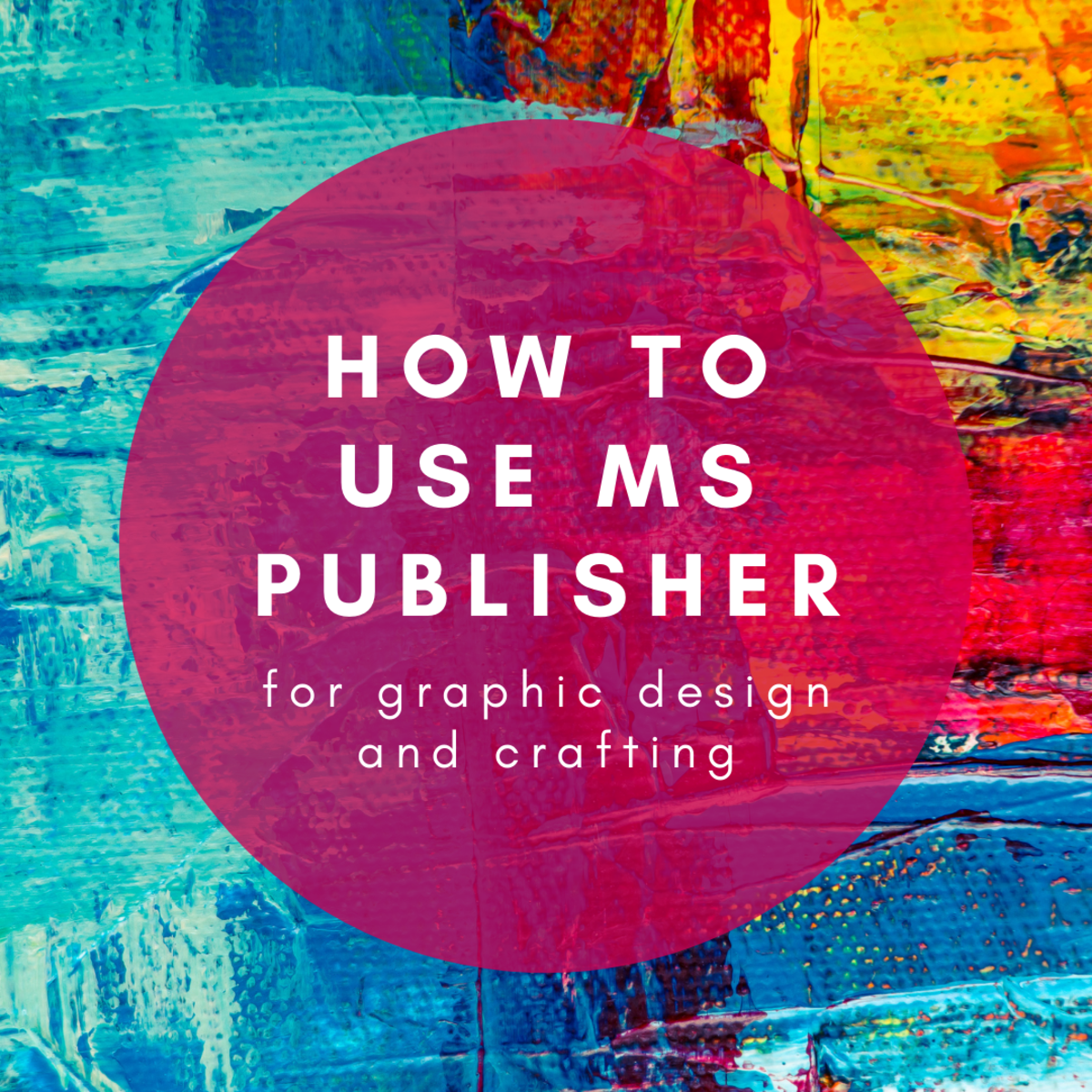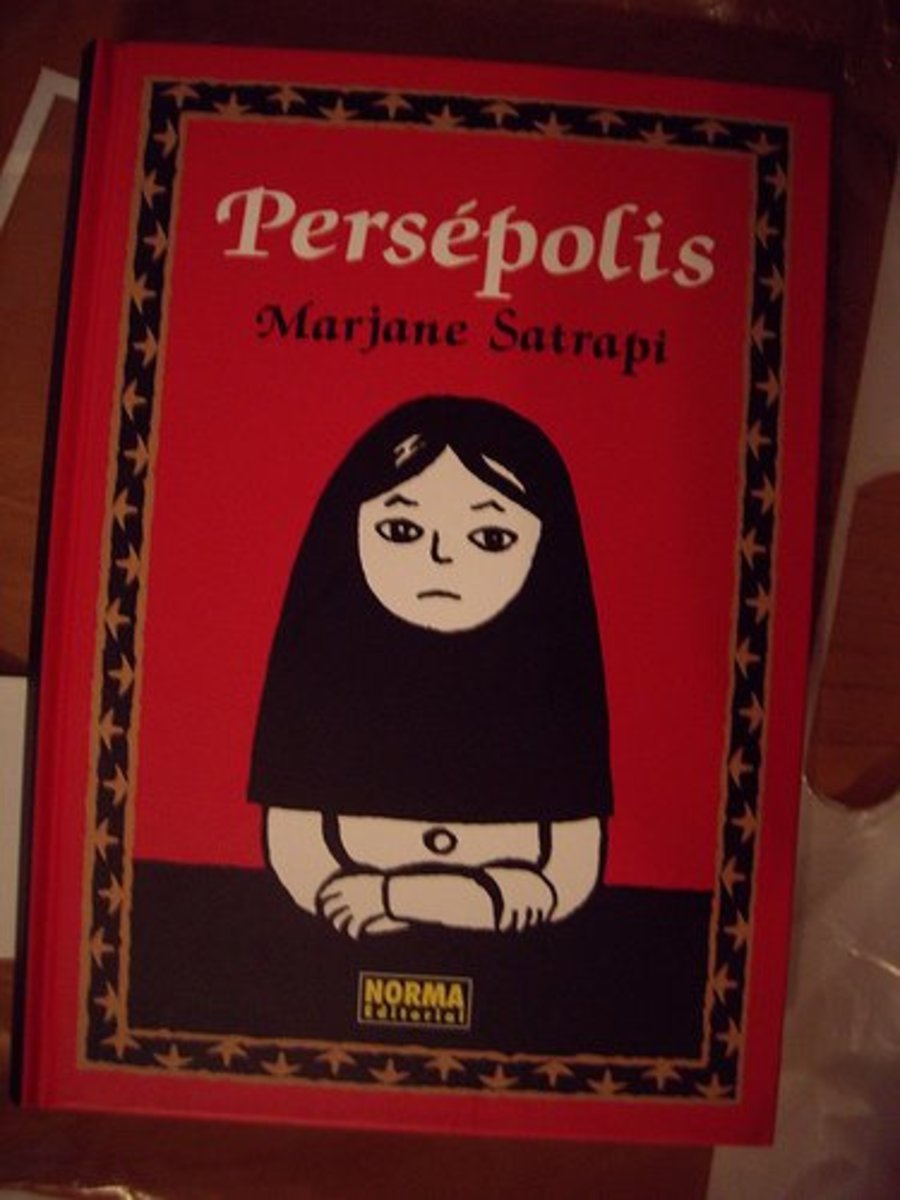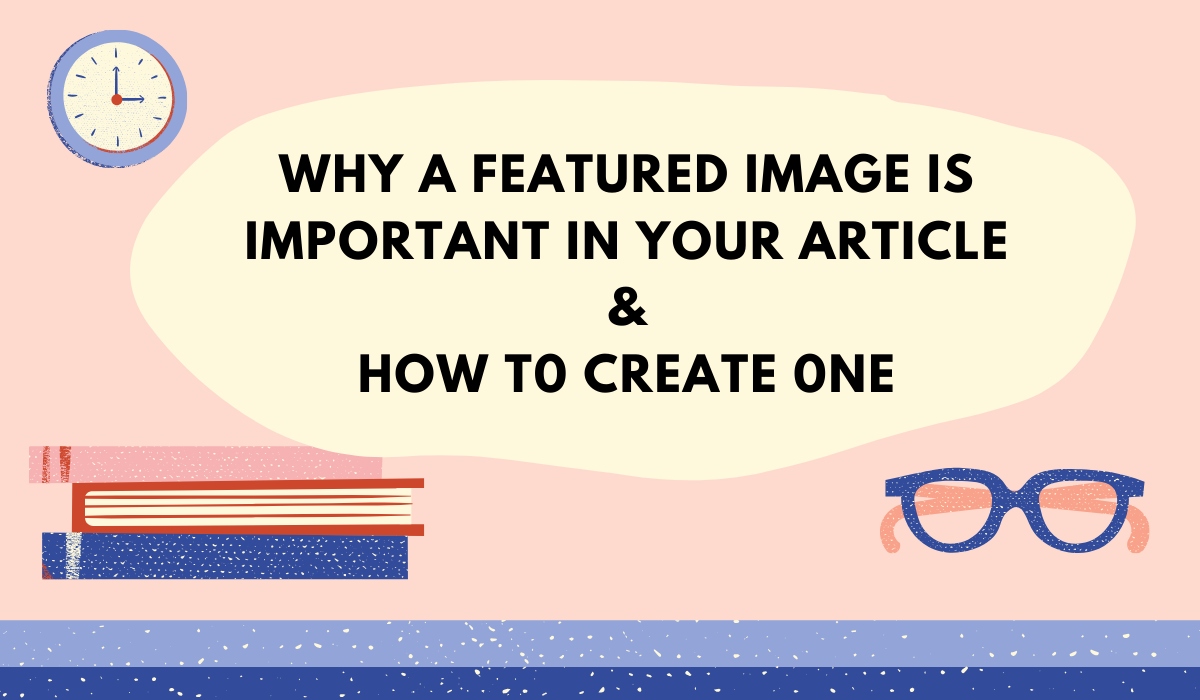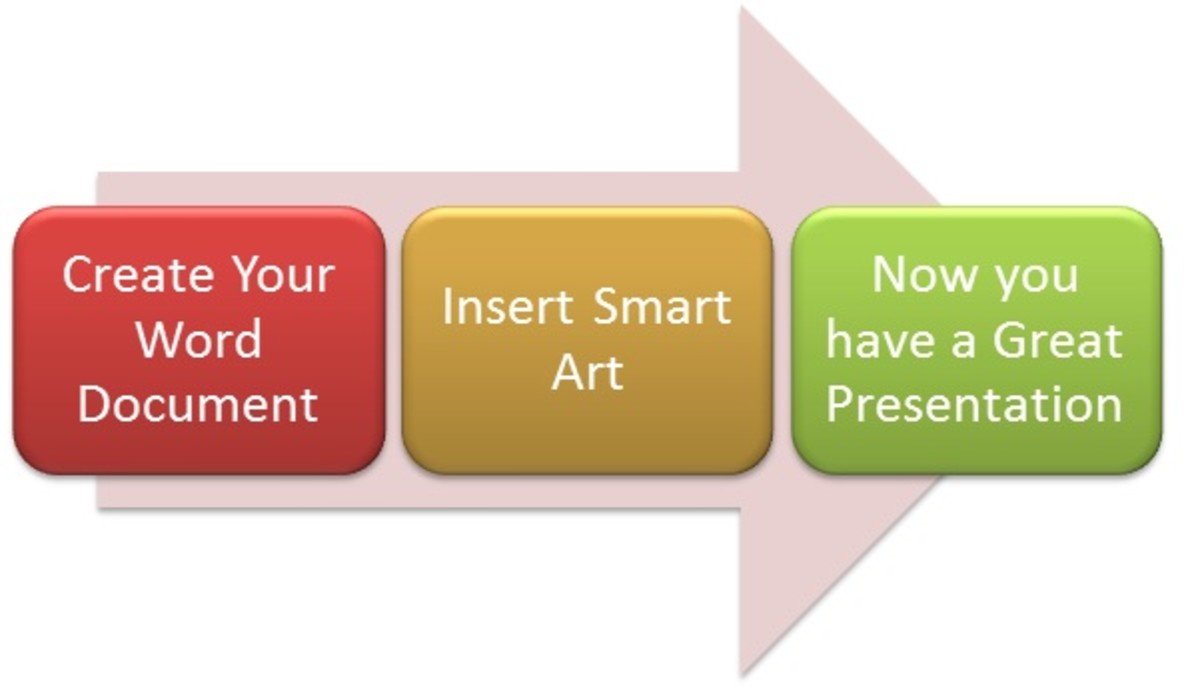How to fit Graphic Designing in Digital Marketing and Print Media?
Introduction
Steve Jobs once said "Design is not just what it looks like and feels like. Design is how it works".
A perfect eye-soothing graphic which clearly and beautifully defines its purpose of creation is called a piece of art. In all sorts of print media and digital promotions, its graphics used to be the core of all needs. It's a famous saying 'an image worth a thousand words'. Which seems to be true when it comes to spreading awareness or promotions worldwide. Whether it'd be for corporate use or a non-monetary social cause.
The graphic will be at the front end to be displayed. It'd universally observed that a company's logo used to be more recognisable than its name due to its graphical touch. An interactive post invites more likes and shares then a texted tweet. The power of a graphic is accepted worldwide on both the platforms- print and digital. From a simple message to revolutionary changes, a powerful and suitable graphic can sort it all. Even for some sensitive social issues, a graphic is taken as a reliable tool to come up with. It'd been a tool to capture mass attention in less time and, at a lesser cost. Designing such an impactful tool is itself a responsible and reliant task.
Graphic designing took place at different levels depending upon the joinder of creation. An expert analyses, an enthusiast enjoys, and a corporate extracts the graphical impact for their respective benefits. A same piece of art conveys different meanings depending upon the purpose its viewers are holding behind. Every instance we come across can be depicted graphically; it's just a matter of designing expertise. But it's uniqueness and consistency need to be maintained at the same time.
Designing Platforms
Every aspect of design carries a part of the message for the viewer. Ranging from the colour of the background, font style, to the image being used in the graphic. The combos of all three of these convey different meanings even before the actual message. To bring such a designing environment under one platform various software has been developed to assist designers. Among all the most common and widely used platforms counts as Adobe Photoshop, Adobe illustrator and Corel draw. There are many more capable of providing both types of graphics- raster as well as a vector. Adobe Illustrator and CorelDRAW create vector graphics. Image format can be JPG or PNG or GIF (Graphic Interchange Format).
Vector versus Raster
Vector images used to be the most preferred file format. They are easy to use, edit, port and provide better output quality. Vectors can be manipulated and edited in a number of ways, still retaining the crystal clear quality. They are not pixel-based, the image can be zoomed in and zoomed out without any resolution issues. It suits best for logo designing where simple coloured shapes and lines are involved. A vector graphic in editable form can be one of these popular file formats:
-
.ai (Adobe Illustrator)
-
.cdr (CorelDRAW)
-
.eps (Encapsulated PostScript format)
-
.pdf (Portable Document Format)
-
.svg (Scalable Vector Graphic)
The raster image is made up of individual pixels which can be clearly seen by zooming in the image. Higher resolutions are being set for high quality. However, once enlarged, it takes on a distorted or blurry appearance. Raster or bitmap is rendered image on a pixel-by-pixel basis. They are fantastic when handling shades and gradients. The format suits best for a rich and detailed image. With various colour variations, a complex image can be created. Adobe Photoshop provides graphics in raster file format with.PSD file extension.
Choice of Software Based on Design
Being the soul of every product, brand, marketing, commercials or website, graphics need to be designed properly to engage people. Engagement comes with the intensity of impact. Rich graphics engage at a larger scale than an average or a bad one. Any campaign including infographics design services requires suitable designing software and format. The knowledge of both comes with practice and experience. The more graphic is in demand the more its platform's suitability. One needs to understand the platform suitability before beginning with design. Graphics with rich in details, gradients and where resolution matters, raster is the need. But the one simple and flexible design should go with vectors.
It's been said that in digital marketing all depends upon the infographic because the world is completely virtual. And in the business world the better you show the better responses you will get. To leave a remarkable impression a robust and impactful design will be the prime requirement. As the brand value ultimately depends upon its presentation. Considering graphic requirements, and objectives, what you need in actual, should pick a suitable software. I have been working with Photoshop for several years and acquainted with each of its features. With my experience, I would like to say that it would be the best software to work with.
It possesses great features not only for editing images but also to create an award-winning graphic. The graphics design in illustrator and CorelDRAW can have the same impact as the graphic design in Photoshop. Just as a matter of fact, I need to understand; the difference between the software usefulness and potential.
This content is accurate and true to the best of the author’s knowledge and is not meant to substitute for formal and individualized advice from a qualified professional.
© 2020 Prateek Jain








